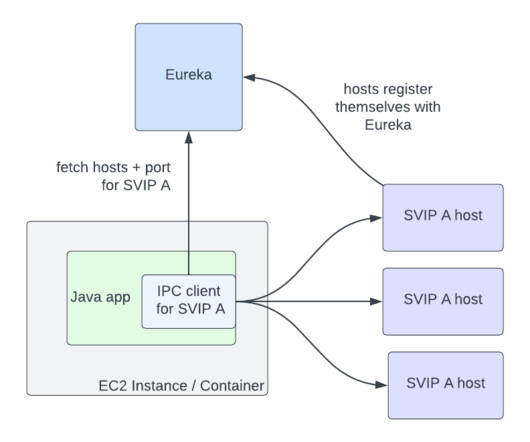Tuning SQL Server Reporting Services
SQL Performance
SEPTEMBER 17, 2019
Many database administrators find themselves having to support instances of SQL Server Reporting Services (SSRS), or at least the backend databases that are required for SSRS. This article will cover many areas that database administrators need to be aware of in order to properly license, recover, and tune a Reporting Services installation.











Let's personalize your content